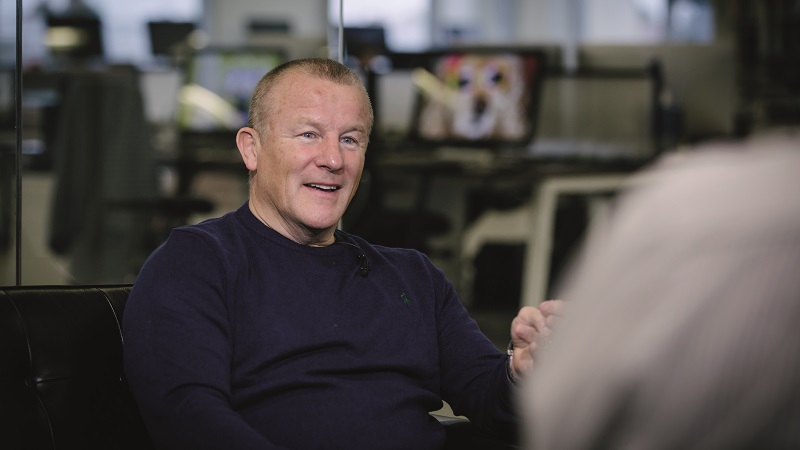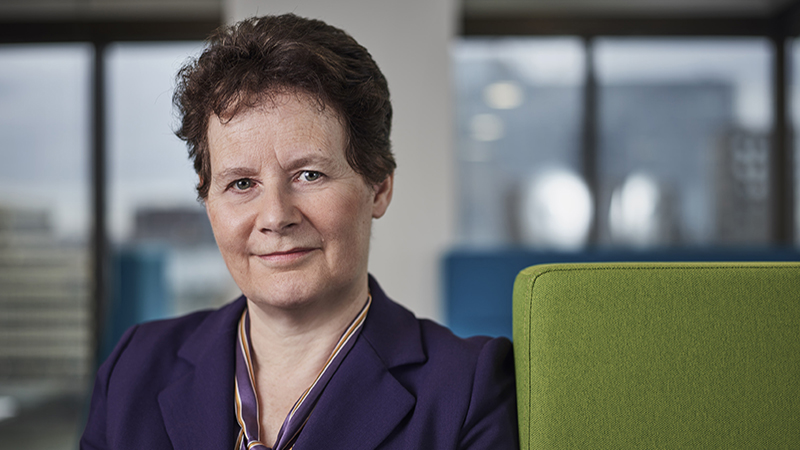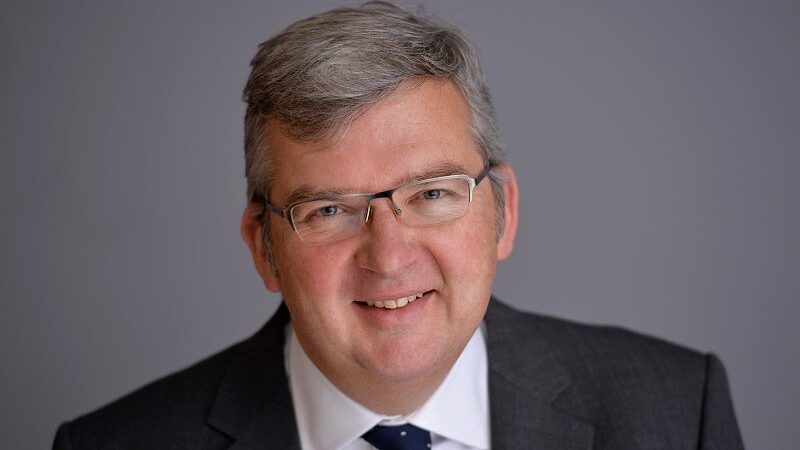Wealth managers believe their use of passive funds is likely to increase considerably over the next two years, but not to levels seen in other markets such as the US and Japan.
Fund giant Blackrock, whose exchange traded fund (ETF) provider iShares has $1.9trn in assets under management, recently predicted the proportion of UK wealth portfolios invested in index funds and ETFs will grow by 50% over the next two years.
Based on analysis of more than 600 portfolios, the group said index funds and ETFs currently make up about 20% of UK wealth portfolios, and it expects this to hit about 30% of UK managed assets by July 2021.
The direction of travel towards passive continues unabated. According to Morningstar figures, active equity funds suffered outflows of €16bn (£14.4bn) in May as falling markets chipped off more than €200bn from equity funds’ assets, dwarfing the outflows of €42.8bn suffered by equity funds during the year until that point.
Blackrock cites several reasons for the growth of indexing including the trend for intermediaries outsourcing investment decisions, the fact that active portfolios work harder with indexing, the prevalence of robo-advisers using ETFs as building blocks, and the growing choice of wrappers to access passive investing.
iShares head of UK Joe Parkin says the UK investment story has reached a “pivotal moment”.
“The investment industry is beginning to stir and respond, and while change won’t happen overnight, the direction of travel is clear and irreversible,” he says.
No kicker within the UK
Liontrust head of multi-asset John Husselbee says exposure to passive in his portfolios is hovering around the 20% mark. At present, for example, the Liontrust multi-asset portfolios are exposed to hard currency emerging market debt through a passive vehicle.
He says passive provides adequate returns against the market over the short to medium term, but active has the potential for long-term outperformance provided investors are willing to look over at least a seven to 10-year period.
Husselbee thinks passive exposure will generally grow but with a couple of caveats.
First, other parts of the world have more incentive to use passive. For example, the tax-efficient nature of passives in the US market makes investors “almost obliged” to use them in their pension portfolios, he says. The same is not true in the UK as when it comes to taxes, ETFs and traditional funds are treated the same.
“I don’t really see the kicker within the UK nor the whole of Europe in a similar way to the US,” says Husselbee. “So, I think it’s very difficult to say that the trend that you’ve seen in the US is the one that’s coming to Europe.”
Elsewhere, Husselbee notes that in Japan because of quantitative easing the central bank has invested in ETFs which has bumped up the use of passives in that market. The Bank of Japan’s holdings account for about 75% of the total ETF market. “I don’t see the same kicker in the UK,” he says.
The second caveat is an operational challenge. Husselbee says ETFs on platforms are not unlike closed-ended funds as they must trade as a round number of shares, making it a clunky and expensive process.
“If you want to run a model portfolio, where you’re giving the same portfolio to each client, you’ll have a challenge and be buying fractions of a share. So therefore, most people look at open-ended funds and trackers. I think ETFs are very similar to closed-ended funds.”
However, in the press release from Blackrock, Novia Financial chief executive Bill Vasilieff said his platform is seeing a growing demand for indexing from both advisers and DFMs including ETFs and mutual funds. “The transparency of holdings and choice of exposure that indexing provides means they are fast becoming an important ingredient in portfolio construction,” he added.
Gibbs Denley Investment Management investment manager Tom Sparke predicts a large move into passives generally from direct-to-consumer offerings such as platforms because they offer low-cost access to markets without advice.
“Cheaper solutions will attract some quarters of the industry, but I think those looking at the entire market will choose to use both active and passive investments,” he says.
Split in the industry
Whitechurch Securities head of research Jonathan Moyes says approximately 15% of the firm’s total AUM is allocated towards passive but he expects this to grow “significantly”. In fact, he foresees this being nearer 50% within two years.
More generally he thinks passive funds become a core part of most wealth management portfolios over time, but believes the market will become split between mass produced portfolios where cost is the primary driver at one end and boutiques that build portfolios with a larger OCF budget at the other.
As a self-confessed boutique, Moyes says Whitechurch often allocates to passive instruments as the cheapest way to play an ‘active’ idea.
He says: “For instance, being UK managers with UK clients, our portfolios have lots of sterling risk, we have chosen to hedge some of this by owning US treasuries in US dollars through an inexpensive Vanguard fund.”
Sparke says the size of the firm’s allocation to passive in two years would depend on the prevailing market conditions. At present, the firm’s whole-of-market portfolios use passive index funds to gain exposure to sovereign bonds in the US, Europe and UK.
“We would hold a lot more in passive equity funds if we were in a solidly rising market – like post-crisis – as the main thing you need in this market is beta,” he adds. “I would also see us using more passive investments as the universe becomes more developed and we are able to access more specific sets of assets.”
Sparke foresees a wider variety of single country bond markets, more specific sector trackers and those with style-biases evolving into elements of the passive Oeic market as well as the ETF market.
For Husselbee, there are vested interests on both sides of the active and passive debate, but the age-old argument is “nonsense”.
“What you have to do is decide where each fits in to your portfolio and for us, passive funds offered at good value for money and low costs are something which is very much embraced within our portfolio construction.”










